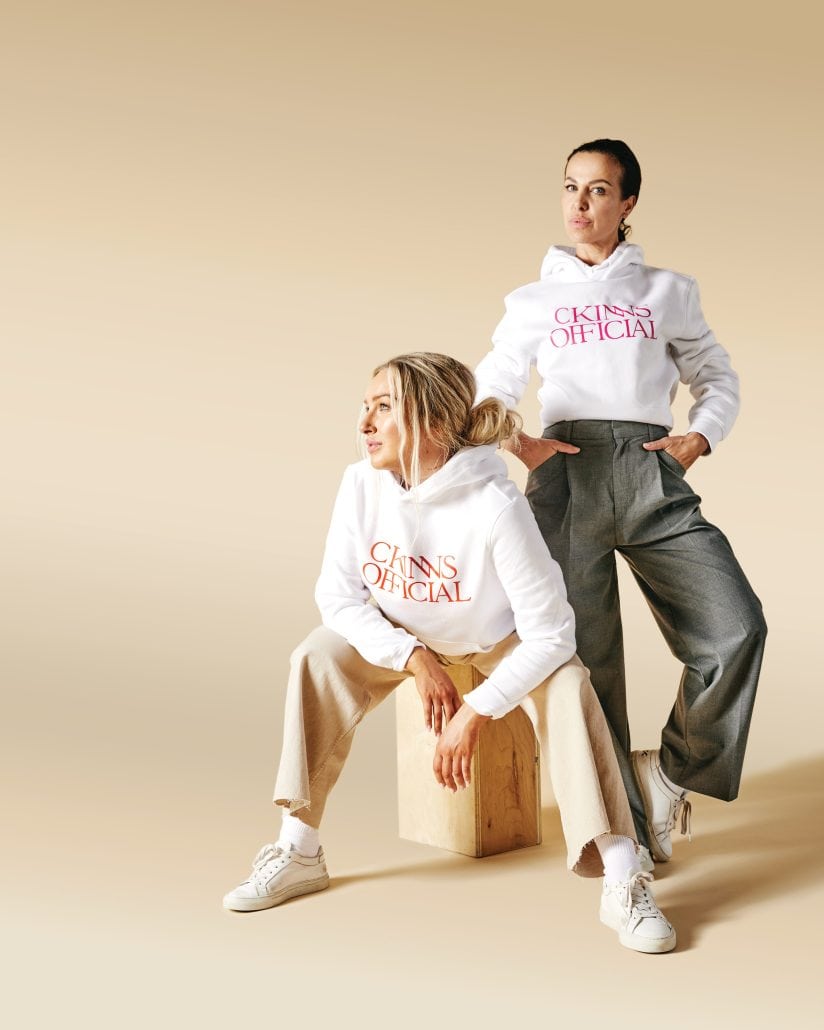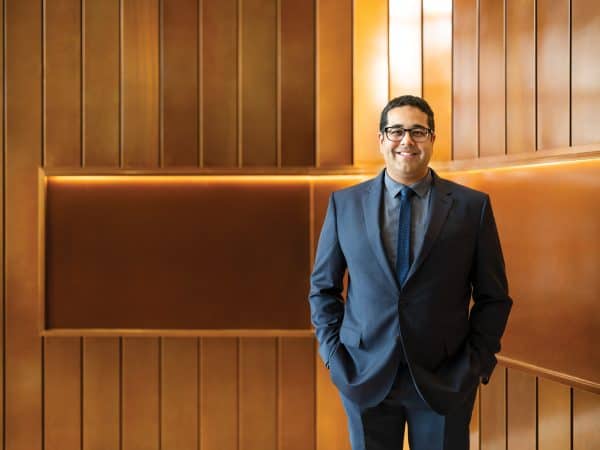The Nipple Sisters, Carmelina Baccari and Kacie Rainey, help breast cancer survivors regain their body confidence through areola restoration.
By Colleen Seto

Many women who experience breast cancer don’t feel whole after losing their breasts and nipples. That’s where the Nipple Sisters, Carmelina Baccari and Kacie Rainey, come in. As internationally certified paramedical specialists, Baccari (who was diagnosed with breast cancer in 2014) and Rainey (who lost her father to cancer in 2007) help women regain their body confidence after breast cancer by performing ultra-realistic areola restoration. They also started Procedures for a Positive Purpose to help women in financial need access their care. Plus, they’ve developed CKINNS OFFICIAL, a line of premium areola aftercare products. Together, Baccari and Rainey provide what’s often the last healing piece of a breast cancer journey.
How did the Nipple Sisters come to be?
Baccari: We’re huge cancer activists, and we wanted to join forces and make a big bang on this platform of areola restoration. Our cancer stories brought us together.
Rainey: Yes, Nipple Sisters was a very organic flow of Carm and I coming together with our talent and wanting to advance the paramedical space. We saw that we could be the ones creating this magic for patients. With cancer serving as a catalyst, we were like, ‘Why don’t we do this together and create this whole experience for cancer survivors?’ Plus, everyone thinks we’re sisters anyhow.
What is areola reconstruction?
Baccari: It’s 3D nipple tattooing. It’s the last thing done in a cancer warrior’s journey. We custom-make the colour for each individual’s nipple and areola. We talk with our patients, measure everything out, show them the colours we’re going to use, and make sure they’re happy with it. So it’s a process. We’re not just dealing with the art form of the restoration, but with the emotion of the patient.
Rainey: The simplistic answer is we deal in colour. Surgeons handle the reconstruction, and then we step in. We specialize in colour and texture, creating a hyper-realistic piece of anatomy. A breast amputation includes your nipple and areola as well. So when the breast is reconstructed, that’s just one part of the reconstruction. We still have the other half of the realism to complete. That’s where our specialty steps in, and it’s so customized. We have some pretty complex canvases that we’re working on to try to bring back that life-like appearance as closely as we can.
Why does this work matter?
Baccari: We both just love when women see their new nipple for the first time. It’s not just bringing back their nipple; it’s showing what they’ve conquered and what they’ve gone through. Many of these women have hidden themselves and didn’t want to look in the mirror. But now they want to.
Rainey: Surgeons are also now recognizing just how important this final step is. It hasn’t always been like that. We’ve had to work extremely hard to educate and show that when the work comes out as realistic as it is, that skill helps patients. And surgeons get to see their own work fully completed, too.
Do all breast cancer patients have access to your service?
Rainey: Accessibility is one of our top priorities. Instead of just being in a big city or locked in with one specific surgeon, we wanted to be able to reach as many survivors as we could. So we stationed ourselves across Alberta. We’re getting patients from all over the place, even the tiniest towns; it’s amazing. It’s just really beautiful to be able to touch everybody, because every single warrior is deserving of proper full completion.
But, cost can be a hurdle. We don’t want cost to be a deciding factor for individuals to feel fully complete, so we try to get creative in how we can help.
Is that how Procedures for a Positive Purpose came about?
Baccari: This is an initiative we started to give back, so women who can’t afford this procedure can still have it. We have angel donors, and we do helping hearts — these little black heart tattoos — and the money that we get for those, we put towards the people on our waitlist.
What do you want people to know about breast and areola reconstruction?
Baccari: We’re getting our breast(s) amputated, [which often includes] losing the nipple. Areola reconstruction is about emotional healing, not just because you have a nipple back, but it’s about being comfortable and confident in your body. It’s giving back something that was taken away.

